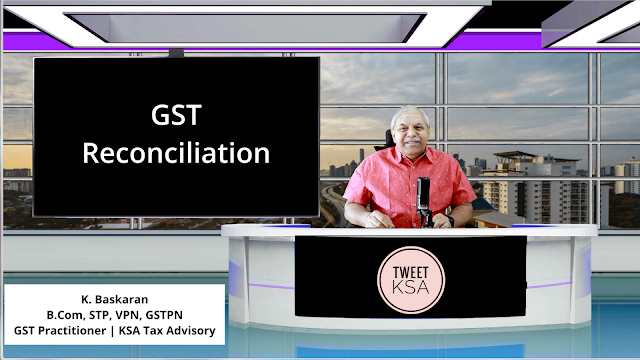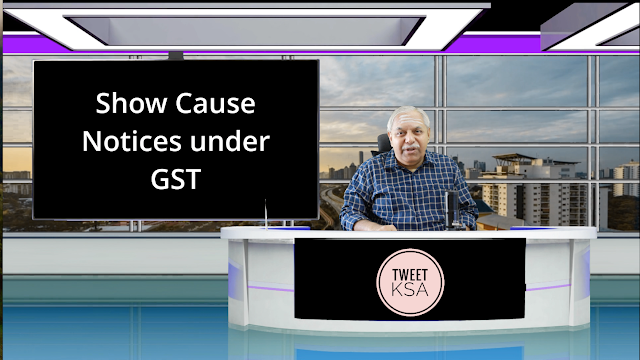GST Reconciliation
GST reconciliation stands as a pivotal task for businesses across India, regardless of their scale.
This critical process involves cross-checking GST data extracted from various sources like invoices, purchase orders, and bank statements to guarantee its precision and entirety.
The intricacies of this task often make it time-consuming, particularly for enterprises dealing with high transaction volumes.
However, despite its complexities, GST reconciliation remains indispensable. Compliance with GST regulations hinges on this process, crucial for evading substantial penalties.
Moreover, it enables businesses to maintain an accurate financial trail, identifying potential errors or discrepancies along the way.
A Proper Explanation of GST Reconciliation
GST reconciliation process serves to pinpoint errors or omissions, allowing for timely rectification.
The primary objective is to ensure consistency between your recorded invoices and purchases and the data conveyed to the GST authorities.
This synchronization guarantees the rightful claiming of tax credits, minimizing complications during return filings. By maintaining this harmony, you maximize the utilization of input tax credits, avoiding discrepancies and securing the full benefits entitled to you.
Why GST Reconciliation is Critical?
For various reasons, GST reconciliation is critical these are-
Tax Compliance: GST reconciliation is pivotal for businesses in upholding compliance with GST regulations. This holds immense significance as non-compliance can lead to substantial penalties.
: Ensuring the accuracy and completeness of GST data through reconciliation serves dual purposes—supporting both financial reporting and tax requirements.
Tax Fraud Deterrence: Moreover, GST reconciliation acts as a deterrent against fraud. By scrutinizing invoices for duplications or unauthorized issuances, businesses can thwart potentially fraudulent activities.
ITC Optimization: Furthermore, this process facilitates businesses in rightfully claiming Input Tax Credit (ITC) for the GST paid on their purchases. Accurate ITC claims to aid in mitigating overall GST liabilities, contributing significantly to financial management.
Fixed Economic Management: By enabling precise financial tracking, GST reconciliation empowers businesses to enhance their financial decision-making and bolster their profitability.
Main Issues of GST Reconciliation
GST reconciliation often poses a significant challenge for both accountants and businesses alike. The intricacies of this process, especially for enterprises dealing with high transaction volumes, make it complex and time-intensive. Additionally, even minor errors can result in hefty penalties.
Let’s explore some prevalent issues encountered by accountants and businesses during GST reconciliation:
Manual Reconciliation Remains Prevalent: Many businesses rely on manual methods for GST returns, a laborious and error-prone process, especially when handling numerous invoices.
Data Fragmentation Persists: GST data scattered across diverse systems like accounting software, e-commerce platforms, and ERP systems hampers obtaining a comprehensive and accurate overview of all GST transactions.
Invoice Matching Challenges Persist: Matching supplier invoices with corresponding ITC claims in GST returns remains arduous, particularly with a high volume of invoices.
Complex Compliance Tracking: The intricacies and dynamic nature of GST compliance pose challenges in keeping abreast of the latest regulations and requirements.
Limited Visibility Hampers Insights: Manual reconciliation impedes real-time visibility into GST data, making it challenging to promptly identify and rectify errors.
Important reconciliations
• Purchase Register and GSTR-2A.
• Sales Register and GSTR-1
• GSTR-3B and GSTR-1
• GSTR-2B and GSTR-3B
• Input Tax Credit (ITC)
• E-way Bills and Invoices
• Annual Returns and Monthly/Quarterly Returns
• Supplier-wise GST Reconciliation





